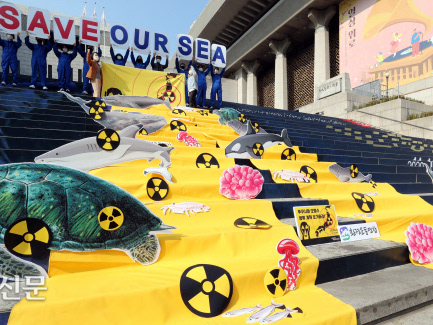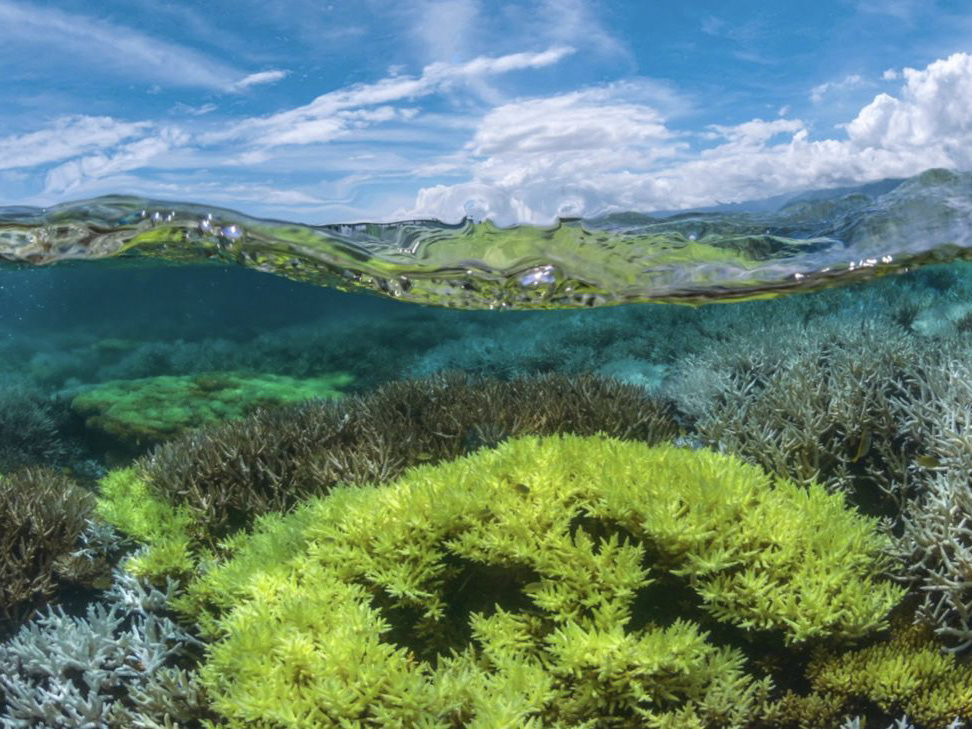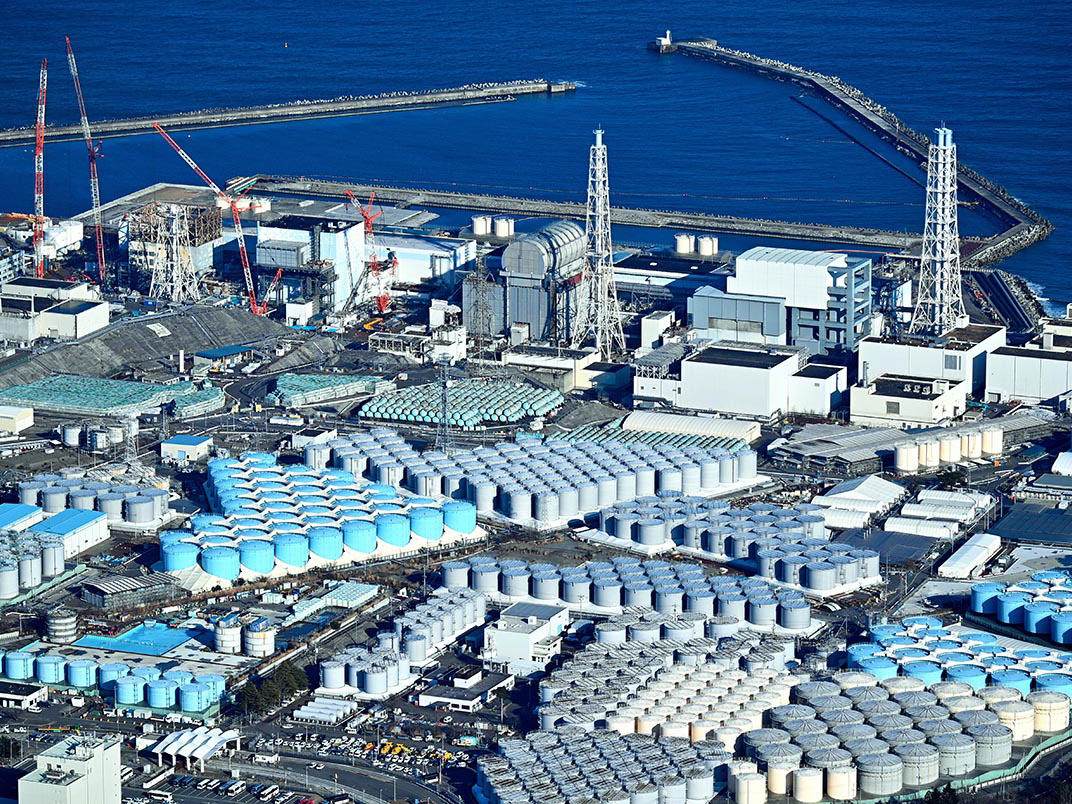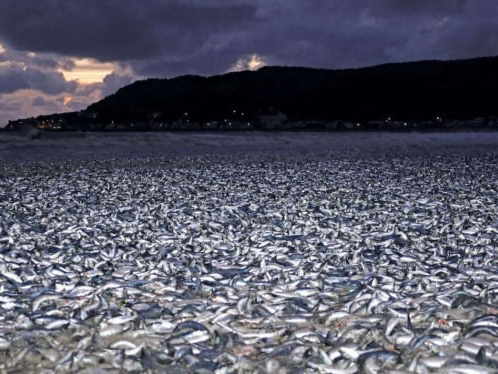In the aftermath of the 2011 nuclear disaster, Japan finds itself grappling with a dilemma that has drawn international scrutiny: the release of treated radioactive water from the Fukushima Daiichi Nuclear Power Plant into the Pacific Ocean. The Japanese government and TEPCO (Tokyo Electric Power Company) assert that this action is necessary and, most importantly, safe. They argue that the accumulation of over 1.3 million tons of contaminated water has left them with no viable alternative, given that storage space on-site is rapidly depleting.
However, there is something disquieting about Japan’s eagerness to move forward with the release, particularly when alternatives have been brushed aside. While the Advanced Liquid Processing System (ALPS) has been effective in removing most radioactive materials, tritium, the one remaining isotope, is being downplayed. Yes, tritium is said to be harmless in small quantities, and the water will be diluted before release. But is that truly a justification for risking the health of the world’s largest ecosystem?
For Japan, the argument centers on practicality and economic urgency. They view the release as a step toward resolving a lingering environmental hazard, paving the way for the decommissioning of Fukushima and accelerating the region’s recovery. Yet, the very people whose livelihoods depend on the sea—the fishermen of Fukushima—have been the most vocal in their opposition. To them, the release feels more like an economic decision than an environmentally sound one.
While Japan insists on transparency and IAEA oversight, the real question is whether the government’s priority lies in protecting the ocean, or simply finding a convenient solution. Environmental responsibility should not be dictated by convenience, and Japan’s actions will undoubtedly set a precedent for how we, as a global community, manage nuclear waste in the future.



